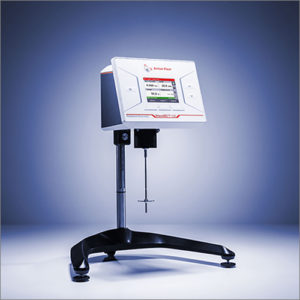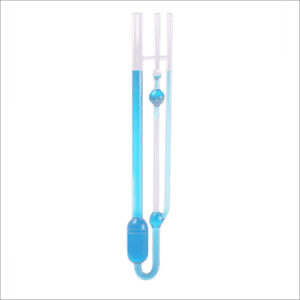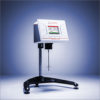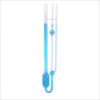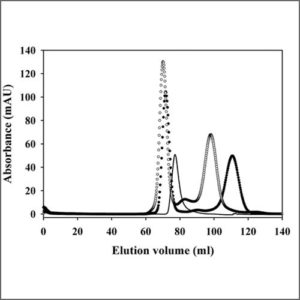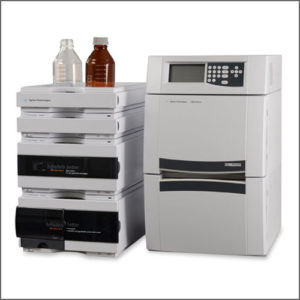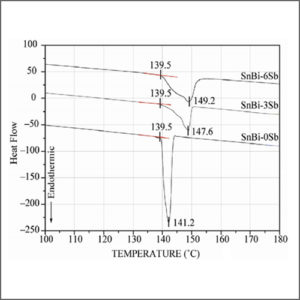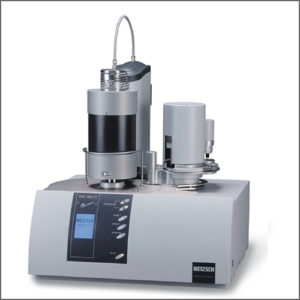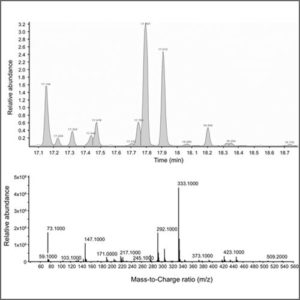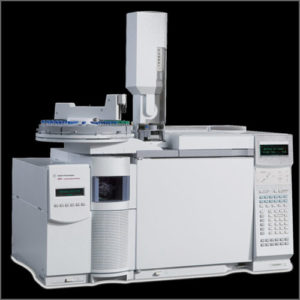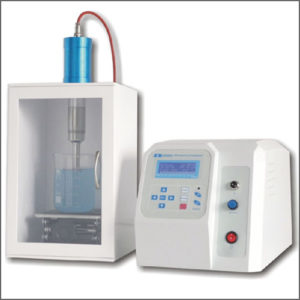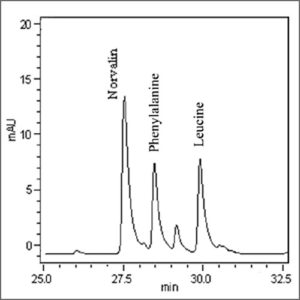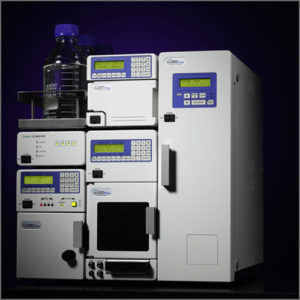Viscometer
Viscometer is used to measure the viscosity of a fluid, which includes rotational viscometer, glass capillary viscometer, etc.
- Description
| Testing Method | Viscometer |
| Description | Viscometer (also called viscosimeter) is an instrument used to measure the viscosity of a fluid. Viscosity arises from the internal friction of a fluid and is defined as a liquid’s resistance to flow or shear stress.
Viscometers have wide and varied applications in the materials science and chemical industries for materials such as oil, asphalt, plastics, wax, paints, coatings, and adhesives. They are also used for food and beverages and personal-care products such as cosmetics, shampoo, and toothpaste.
There are many ways to measure viscosity, but they break down into two basic methods. Either an object, such as a sphere or a rotor blade, moves through a stationary material, or the material flows through or past a stationary object. In either case, the resistance to flow is measured.
Orifice viscometers usually consists of a cup with a hole, through which the fluid flows. Viscosity is determined by timing how long it takes the cup to empty, and is measured in cup seconds. Orifice viscometers are easy to use, and popular in painting industries. They include Zahn Cups, Ford Cups, and more.
Capillary viscometers are known as u-tube or glass viscometers or Ostwald viscometers. Another version is the Ubbelohde viscometer. Viscosity is measured by timing how long it takes for a transparent or translucent fluid to flow between two points of a capillary tube.
Rotational viscometers, also known as Brookfield type viscometers, use a torsion spring to measure the torque required to rotate a spindle in the material. Changing rotor speed and size allows for the measurement of different ranges of viscosity. |
| More Information | Wikipedia: Viscometer |

